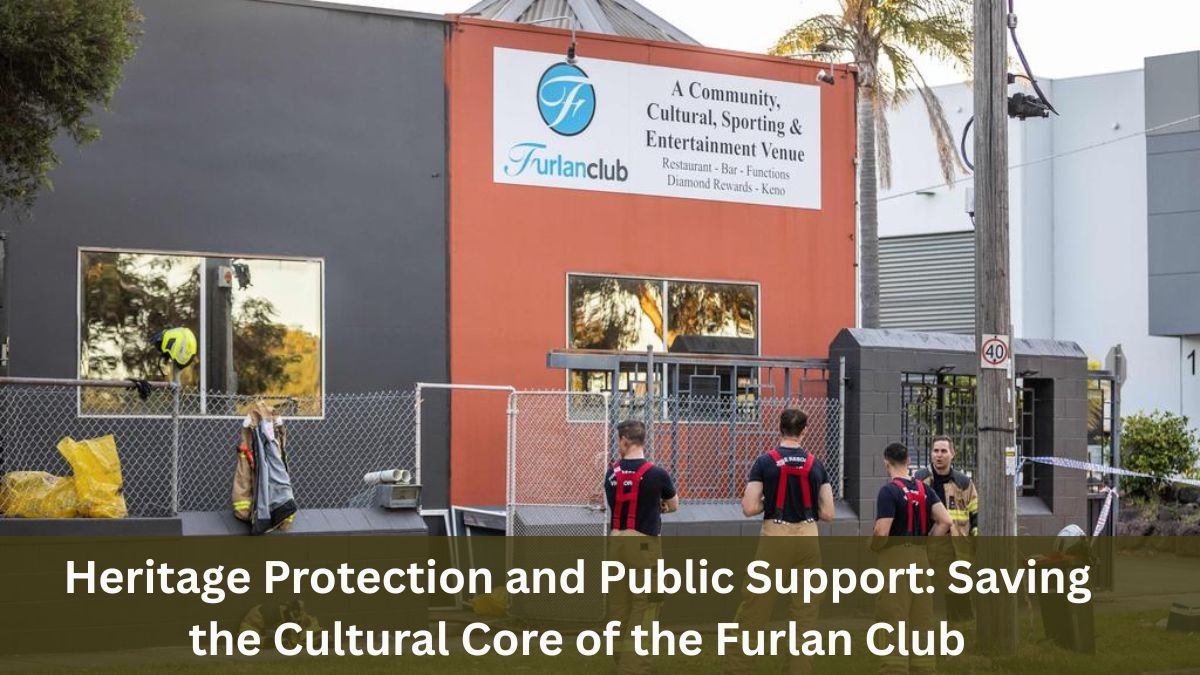Every building, every door, every wall tells a story. But when it comes to the Furlan Club, these stories become a living example of the memories, struggles and cultural heritage of an entire community. This club in Thornbury is not just a building, but has been the center of pride, interaction and identity of the Italian-Australian community.
Today, when the rapid pace of urban development is putting every old building up for ‘sacrifice’, preserving the Furlan Club is not just a matter of saving a building, but like protecting an entire culture.
A glimpse of history: How was the foundation of the Furlan Club laid?
Established in 1957, the Furlan Club is a product of the time when thousands of Italian immigrants arrived in Australia after the Second World War. These people were not just looking for a better life, but also brought with them their customs, language and heritage.
The Furlan Club fulfilled the need of any immigrant community — a place where they could not only meet, but also keep their cultural identity alive. Music, food, dance, festivals and traditional sports like bocce — the club became the hub of all these activities.
Why did the demand for heritage arise?
While some clubs changed their format or closed down over time, the Furlan Club remained true to its roots. But in the last few years, the local administration and real estate investors have set their eyes on the land in the area. In such a situation, the existence of the club started to be threatened.
The community took it seriously and raised the demand for heritage overlay i.e. ‘Heritage Protection Status’. This simply means that this building should be protected from a historical and cultural point of view so that it cannot be demolished or changed.
Public Voice: When the community stood together
Not only senior citizens or club members came forward to protect the Furlan Club, but the younger generation, artists, musicians, teachers and local activists also became a part of this campaign. An online petition has garnered thousands of signatures.
“It’s not just a place of memories of my grandparents, it’s part of my identity,” said one young club member.
A confluence of art and heritage
The Furlan Club is a museum of sorts. Traditional Italian paintings on the walls, old photo albums, hand-woven decorations — everything is priceless. There are traditional music performances by the Fogolâr Choir every year, which helps keep the new generation connected to their roots.
Along with this, there are bocce sports grounds, kitchen cooking competitions, and cultural training workshops, making it a vibrant cultural hub.
Political pressure and administrative challenges
Getting heritage status is no easy task. It requires not just sentiment, but solid documentation, historical evidence and public support. Many local councillors opposed the protection, with some calling it an ‘obstacle to development’.
However, when the media raised the issue and local newspapers and radio channels aired the voice of the community, the administration had to respect public sentiment.
Future direction: What if it survives?
If the Furlan Club gets a heritage overlay, it can:
- Develop into a cultural museum and community centre.
- Become a place of cultural studies for schools and colleges.
- Become a source of cultural renaissance for Italian-Australian youth.
It will also boost local tourism, which can increase economic opportunities.
Fight for cultural identity: It’s not just a club
In fact, the fight for Furlan Club is symbolic of thousands of places that are being erased in the name of modernity today. It is a defence of the idea that heritage is not just bricks and stones, but the soul of people, their memories, their struggles and their pride.
Conclusion
- Support: Sign petitions, share the campaign on social media.
- Participate: Attend club events and engage the next generation.
- Collect documents: If you have any old photos, letters or items related to the club, donate them to the club.
Communicate with local authorities: Write letters to councillors, make calls and tell them why this preservation is important.
